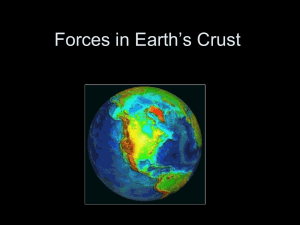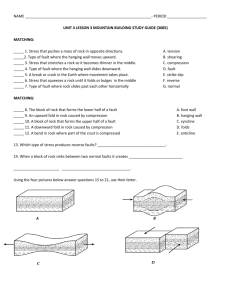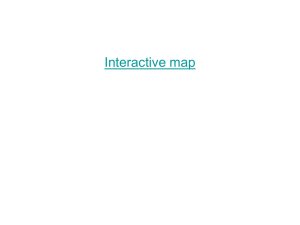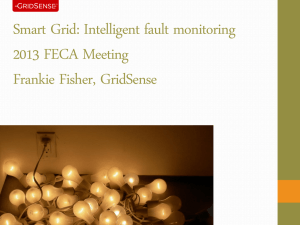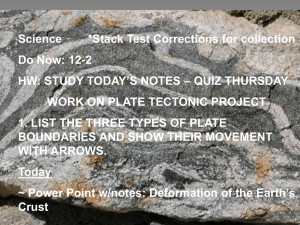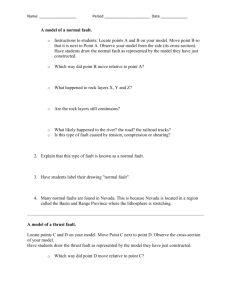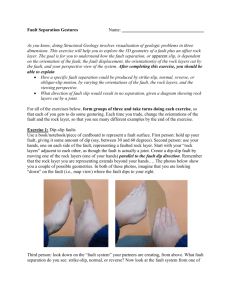Fault Model Worksheet: Earth Science Activity
advertisement
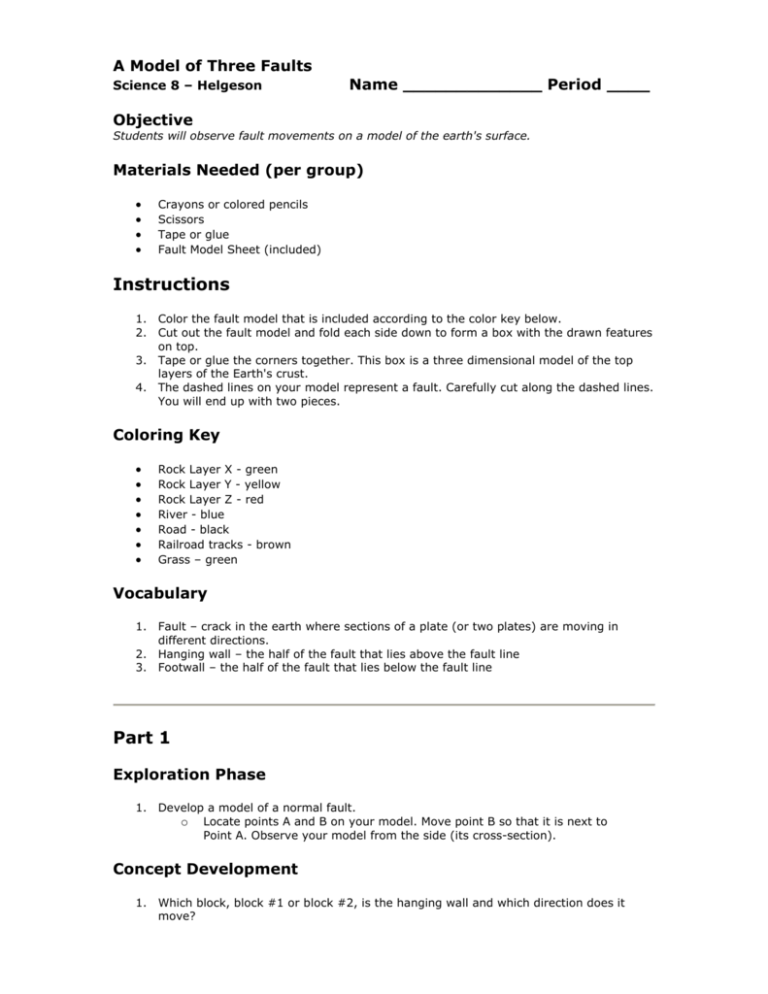
A Model of Three Faults Science 8 – Helgeson Name _____________ Period ____ Objective Students will observe fault movements on a model of the earth's surface. Materials Needed (per group) Crayons or colored pencils Scissors Tape or glue Fault Model Sheet (included) Instructions 1. Color the fault model that is included according to the color key below. 2. Cut out the fault model and fold each side down to form a box with the drawn features on top. 3. Tape or glue the corners together. This box is a three dimensional model of the top layers of the Earth's crust. 4. The dashed lines on your model represent a fault. Carefully cut along the dashed lines. You will end up with two pieces. Coloring Key Rock Layer X - green Rock Layer Y - yellow Rock Layer Z - red River - blue Road - black Railroad tracks - brown Grass – green Vocabulary 1. Fault – crack in the earth where sections of a plate (or two plates) are moving in different directions. 2. Hanging wall – the half of the fault that lies above the fault line 3. Footwall – the half of the fault that lies below the fault line Part 1 Exploration Phase 1. Develop a model of a normal fault. o Locate points A and B on your model. Move point B so that it is next to Point A. Observe your model from the side (its cross-section). Concept Development 1. Which block, block #1 or block #2, is the hanging wall and which direction does it move? 2. What happened to rock layers X, Y and Z? 3. Are the rock layers still continuous? 4. Is this type of fault caused by tension, compression or shearing? Part 2 Exploration Phase 1. Develop a model of a reverse (thrust) fault. o Locate points C and D on your model. Move Point C next to point D. Observe the cross-section of your model. Concept Development 1. Which block, block #1 or block #2, is the hanging wall and which direction does it move? 2. What happened to rock layers X, Y and Z? 3. Are the rock layers still continuous? 4. Is this type of fault caused by tension, compression or shearing? Part 3 Exploration Phase 1. Develop a model of a strike-slip fault. o Locate points F and G on your model. Move the pieces of the model so that point F is next to point G. Concept Development 1. If you were standing at point F and looking across the fault, which way did the block on the opposite side move? 2. What happened to rock layers X, Y, and Z? 3. Are the rock layers still continuous? 4. What likely happened to the river? The road? The railroad tracks? 5. Is this type of fault caused by tension, compression or shearing? Model 2 1

